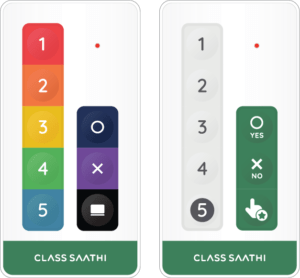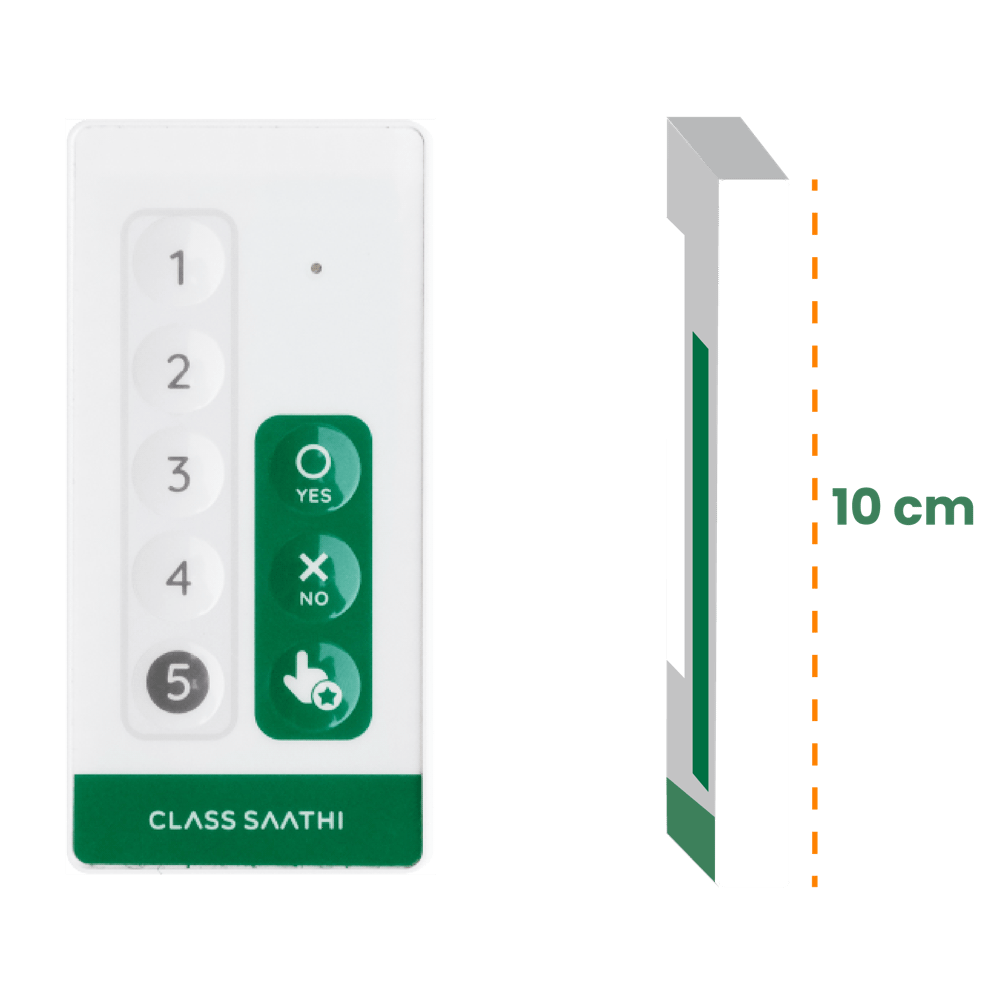In today's rapidly evolving educational landscape, innovative technologies continue to reshape the way we teach and learn. One such technology that has gained significant traction in recent years is classroom clickers. These interactive devices are revolutionizing traditional teaching methods, fostering active student participation, and ultimately enhancing the overall learning experience. In this article, we will delve into the world of classroom clickers, exploring their benefits, applications, and how they contribute to a more engaging and productive educational environment.
Unveiling Classroom Clickers: A Brief Overview
Classroom clickers, also known as student response systems or class clickers, are handheld devices that allow students to actively participate in real-time during lectures or presentations. These clickers typically come in the form of small, wireless remote controls that students can use to respond to multiple-choice questions, polls, quizzes, and surveys. The responses are then instantly collected and displayed, providing both instructors and students with valuable insights into comprehension levels, opinions, and class-wide understanding.

The Benefits of Classroom Clickers
1. Enhanced Engagement: Classroom clickers transform passive learning into an interactive and engaging experience. Students are no longer mere spectators; they become active participants, as their input directly contributes to the flow of the lesson. This higher level of engagement leads to increased attentiveness and better retention of the material.
2. Immediate Feedback: With classroom clickers, instructors receive immediate feedback on student comprehension. This allows them to adjust their teaching in real-time, addressing misconceptions and adapting their approach to suit the needs of the class. Students also benefit from instantaneous feedback on their understanding of the subject matter.
3. Encouragement of Participation: Classroom clickers provide a platform for students who might be hesitant to speak up in a large class setting. They can anonymously express their opinions, contributing to a more inclusive and diverse classroom environment.
4. Active Learning: Interactive learning has been proven to be more effective than passive learning. Classroom clickers promote active learning by challenging students to think critically, make decisions, and apply their knowledge to solve problems.
5. Data-Driven Insights: The data collected from classroom clicker responses offers valuable insights into student performance and understanding. Instructors can identify areas where students struggle the most and tailor their teaching strategies accordingly.
Applications in Various Educational Settings
Classroom clickers find applications across diverse educational settings, from K-12 classrooms to higher education institutions and corporate training sessions.
1. K-12 Education: Clickers make learning fun for younger students. They can be used for interactive quizzes, spelling bees, and even to take votes on classroom activities.
2. Higher Education: In lecture halls with a large number of students, clickers encourage participation and help professors gauge whether concepts are being grasped.
3. Professional Development: Clickers are used in corporate training to assess employee understanding, conduct knowledge checks, and gather feedback on workshops or seminars.
Implementing Classroom Clickers Effectively
To make the most of classroom clickers, educators should consider the following tips:
1. Clear Objectives: Determine the goals you want to achieve with clicker activities. Whether it's assessing comprehension, stimulating discussion, or gauging opinions, clarity on objectives is crucial.
2. Varied Question Types: Use a mix of question types, including multiple-choice, true/false, and open-ended questions, to cater to different learning styles and encourage critical thinking.
3. Timely Interaction: Incorporate clicker questions at strategic points during the lesson to maintain student engagement and break the monotony.
4. Interpretation of Results: Understand that clicker responses are not just about right or wrong answers. They offer insights into the thought processes of students, helping you tailor your explanations accordingly.
Conclusion
In the ever-evolving landscape of education, classroom clickers stand as a testament to the power of technology in enhancing student engagement and learning outcomes. By promoting active participation, providing instant feedback, and fostering a dynamic learning environment, these interactive tools have become indispensable for educators and learners alike. As we move forward, it's essential to embrace innovations like classroom clickers to create more enriching and effective educational experiences.
So, if you're an educator looking to transform your classroom into a hub of active learning, or a student eager to be more engaged in your educational journey, consider the possibilities that classroom clickers bring to the table. Embrace the future of education, one click at a time.

